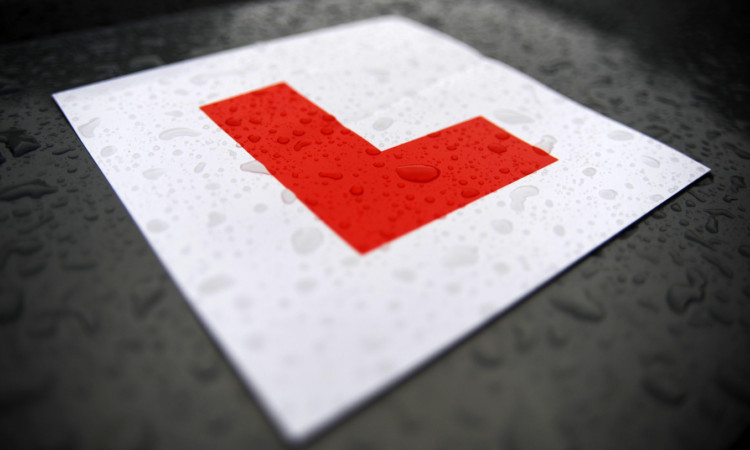Motoring and road safety groups have welcomed a government-commissioned report on young drivers that could cut accident casualties by more than 4,000 a year.
From transport research group TRL the report recommends teenagers should not be allowed to take their driving test until they are 18 rather than the current age of 17.
They would have to have a 12-month “learner stage” beginning at 17 with a requirement for at least 100 hours of day-time and 20 hours of night-time supervised practice.
Having passed the test, they would then get a probationary licence and would have to display a green ‘P’ plate.
Restrictions placed on them would include a night-time driving curfew running from 10pm to 5am (unless accompanied by a passenger aged over 30) and a ban on carrying passengers under 30 years old for all novice drivers aged under 30.
The report said that a ban on any mobile phone use (including hands-free) and a lower alcohol limit should be considered for young drivers.
After the 12-month probationary licence, drivers would automatically graduate to a full licence and unrestricted driving.
TRL said that this graduated driver licensing system could result in annual savings of 4,471 casualties and a saving in cost terms of £224 million.
It added that these figures only relate to 17-19 year olds and that if the system was applied to all new drivers the cut in casualties and costs would be “even greater”.
More than one fifth of deaths on Britain’s roads in 2011 involved drivers aged 17 to 24, and around 10% of novice drivers are caught committing an offence within their probationary period.
The report is now being considered by the government which is due to publish a Green Paper later this year.
Julie Townsend, deputy chief executive at road safety charity Brake, said: “Through our support services for bereaved and injured crash victims, we witness the suffering and devastation that results from crashes involving young, inexperienced drivers.
“We wholeheartedly welcome this report, which is further recognition of the compelling case for graduated driver licensing.”
Stephen Glaister, director of the RAC Foundation, said: “Young people are four times more likely to die in a road accident than as a result of drink or drugs.
“Yet as a society we seem to turn a blind eye to the carnage. If this was any other area of public health there would be an outcry.
“Circumstances conspire against young drivers. Their youth and lack of experience create a deadly mix which means one in five will have an accident within the first six months of passing their test.”
